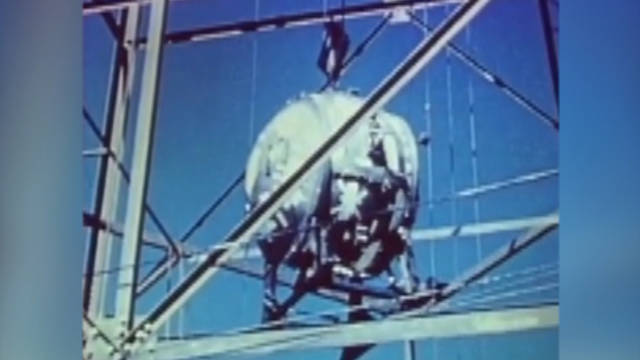
Topics
By Amy Goodman & Denis Moynihan
July 16 marked the 80th anniversary of the first atomic bomb explosion, at what the bomb’s creator, physicist J. Robert Oppenheimer, called the Trinity Site in New Mexico. The harsh desert terrain had been known for centuries by the name given by the Spanish conquistadors, the Jornada del Muerto, the Journey of Death. The Trinity test was followed by the first and to date only wartime uses of atomic weapons, when the U.S. dropped bombs on the Japanese cities of Hiroshima and Nagasaki, on August 6th and 9th, respectively. Over 210,000 people were killed in the blasts, almost all of them civilians.
Years later, Oppenheimer reflected on Trinity during an interview with NBC News:
“We knew the world would not be the same. A few people laughed; a few people cried. Most people were silent. I remembered the line from the Hindu scripture, the Bhagavad Gita; Vishnu is trying to persuade the prince that he should do his duty, and to impress him, takes on his multiarmed form and says, ‘Now I am become Death, the destroyer of worlds.’ I suppose we all thought that, one way or another.”
Nuclear weapons have not been used in war since 1945, although there have been close calls. Just last month, former Russian President Dmitry Medvedev threatened to use tactical nuclear weapons on Ukraine. In his first term, President Donald Trump suggested a nuclear attack on North Korea when he threatened the nuclear-armed country with “fire and fury.”
Historians generally agree that the closest we’ve come to nuclear war was the Cuban missile crisis in October 1962, the height of the Cold War between the U.S. and the Soviet Union. The U.S. had placed nuclear missiles in Turkey and Italy, threatening the Soviets, who responded by deploying nuclear missiles in Cuba. President John F. Kennedy imposed a naval blockade on Cuba, engaging in a high stakes military confrontation with the Soviet Union that could have rapidly escalated into nuclear war. In the end, diplomacy worked, and the missiles were removed from Cuba and from Italy and Turkey.
Months after the crisis, 22-year-old musician Bob Dylan released an album that included the song, “A Hard Rain’s a-Gonna Fall,” which resonated with his audience who heard a metaphorical connection between “hard rain” and the omnipresent risk of lethal nuclear fallout.
More than 60 years later, on this 80th anniversary of the Trinity blast, the song took center stage at a remarkable gathering in Chicago. The Nobel Laureate Assembly for the Prevention of Nuclear War was organized by the Bulletin of the Atomic Scientists to address “the high and seemingly rising prospect of nuclear war.” About 20 Nobel laureates and 60 leading nuclear experts convened for three days to provide policy recommendations and actions for leaders and the public to take to reduce the risk of nuclear annihilation.
The conference ended with a performance of Nobel Laureate Bob Dylan’s “Hard Rain” by the Kronos Quartet and The Hard Rain Collective, a group of musicians assembled by Kronos that included Ringo Starr, Iggy Pop, Allison Russell, Willie Nelson, Laurie Anderson, and dozens more.
Speaking on the Democracy Now! news hour on July 16, the Trinity test anniversary, David Harrington, violinist, and founder and artistic director of the Kronos Quartet, explained,
“If music and musicians can step up and project those kinds of concerns about all of our futures, then music is doing its job. What we need to do as musicians is listen. When I listen to what’s happening in the world, it’s terrifying, and I want my musical community to do something about it. This is our first step.”
Daniel Holz, a University of Chicago astrophysicist and chair of the Bulletin’s Science and Security Board, was one of the conference organizers and appeared with Harrington on Democracy Now! Holz said,
“Trinity was sort of the birth of a new age, the age of nuclear weapons, and we’re still in that age. The threats that people recognize, that Oppenheimer’s quote captures, they’re still with us. We now have thousands of these weapons. They’re on high alert. They can go off at any moment. Within an hour, civilization could end. That’s still where we are now.”
The Nobel assembly released a declaration on the Trinity anniversary this week that included a “call on scientists, academics, civil society, and communities of faith to help create the necessary pressure on global leaders to implement nuclear risk reduction measures.”
A new arms race is heating up. President Trump plans a technically impossible “Golden Dome” missile defense system over the U.S. Meanwhile, by joining Israel in its attack on Iran, Trump has encouraged Iran to pursue its own nuclear deterrent.
What Oppenheimer and the secret, U.S. government’s Manhattan Project unleashed in 1945, only a mass, organized peace movement can contain.



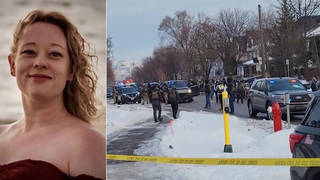

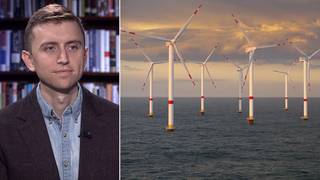
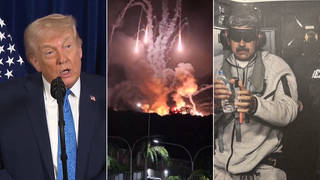
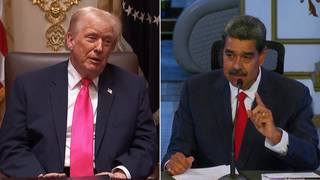
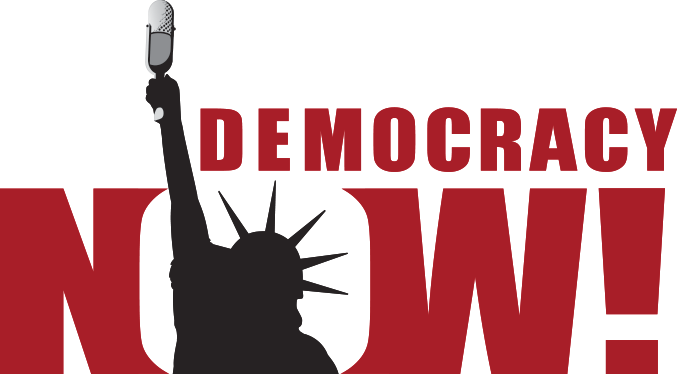
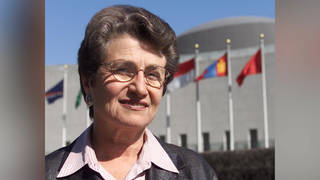
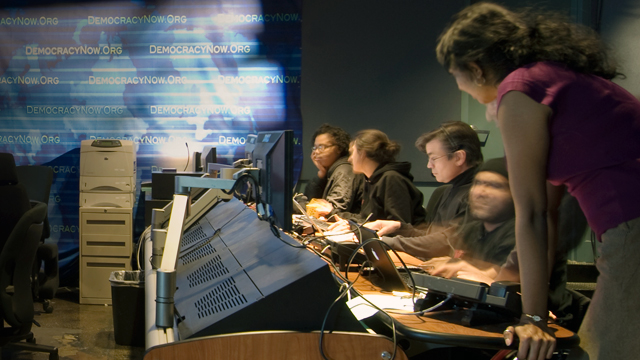
Media Options